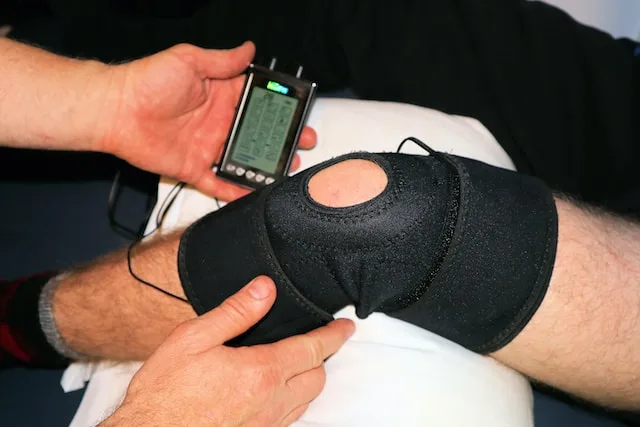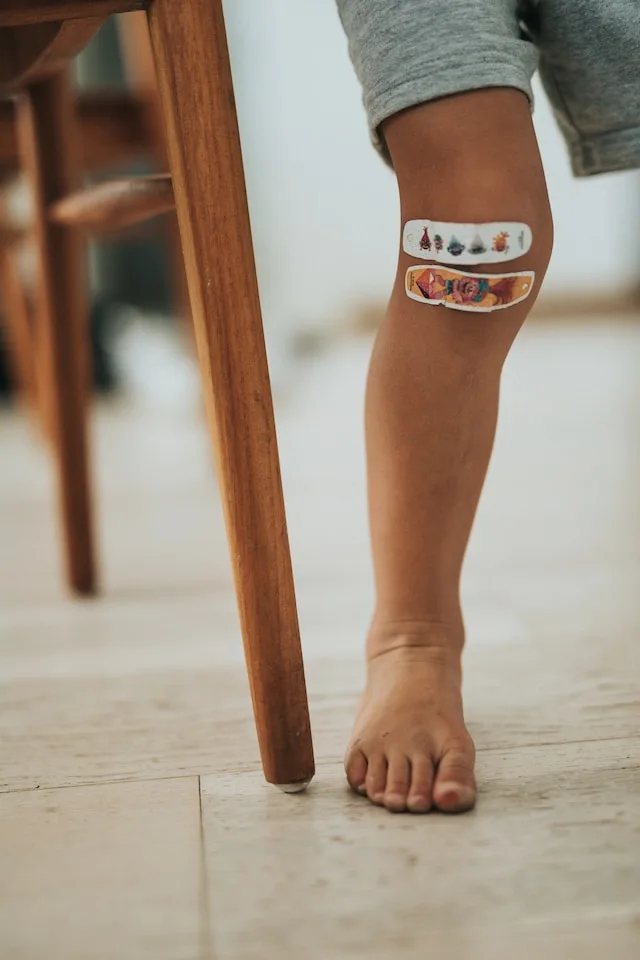Suffering From A Knee Injury? Here’s How To Restore Your Range Of Motion

Knee injuries can be frustrating and debilitating: they often have a huge impact on our daily lives, causing us to lose range of motion, feel constant pain, and face mobility issues. If you’re currently suffering from a knee injury and looking for ways to restore your range of motion and improve your overall health, then this blog post is for you! Here we will provide tips and advice on how you can heal from your issue in the safest way possible while motivating yourself throughout the process. Keep reading if you’re ready to get back up on your feet as soon as possible!
Consider knee replacement surgery if necessary
Knee pain can be one of the most frustrating ailments to deal with, especially when it becomes chronic. While there are many treatments available to alleviate your pain, sometimes nothing seems to help. If you find that your knee pain is severely limiting your ability to do the things you love, then it may be time to consider knee replacement surgery. For those living in Texas, knee joint replacement in Plano TX may be the solution to your chronic pain and mobility issues. With advancements in technology and surgical techniques, the procedure is now minimally invasive and has a high success rate. If you choose to undergo this surgery, you can rest assured that you will soon be on your way to enjoying the activities you once had to give up due to knee pain.
Identify the root cause of your pain
Pain is a signal from our body telling us that something is wrong. It can be a minor discomfort or a debilitating agony, either way, it demands attention. To effectively address the pain, it is crucial to understand the nature of the injury and identify the root cause. This requires taking the time to listen to your body, evaluating the symptoms, and determining the best course of action. Treating the pain without understanding the underlying cause can lead to temporary relief but may not fully resolve the issue, resulting in ongoing discomfort.
Once you understand what is causing your pain, you can then start looking into treatments that target the specific issue at hand. Be sure to talk to your doctor about their recommendations so you can make an informed decision before deciding on which treatment plan to pursue.
Recognize when to apply heat or cold therapy
Applying heat or cold therapy can be an effective way to treat a variety of injuries or ailments, including knee injuries.
Generally, heat therapy is used for chronic pain or muscle stiffness, as it can increase blood flow and relax tight muscles. On the other hand, cold therapy is typically recommended for acute injuries or swelling, as it can reduce inflammation and numb the affected area. Understanding when to apply these different therapies can help you better manage your symptoms and promote quicker healing. The next time you experience pain or discomfort, consider the nature of your injury or ailment to determine whether heat or cold therapy is the right choice for you.
Focus on strengthening your muscles around the knee
Your knees take on a lot of pressure throughout the day, from walking to bending to supporting your body weight. For this reason, you want to focus on strengthening the muscles around the knee to prevent injuries and improve your overall mobility.
Target the quadriceps, hamstrings, and calf muscles, as you can stabilize and support your knee joints, reducing the risk of damage or strain. From squats and lunges to leg curls and extensions, there are plenty of exercises you can incorporate into your workout routine to give your knees the extra strength and support they need.
Perform physical therapy exercises
Keeping your leg joints, muscles, and ligaments in proper condition maintains a healthy and active lifestyle. Fortunately, performing physical therapy exercises that target these areas can help you ease any discomfort and build strength and flexibility.
Strengthening exercises for leg muscles and ligaments are designed to increase your endurance and reduce the risk of injuries. Stretching exercises, on the other hand, keep your joints flexible, increasing your range of motion and reducing pain. If you’re looking to improve your overall leg health, consider incorporating these exercises into your routine.
Stretch your body
Does it ever feel like your body is stuck in a rut? Maybe you spend too much time sitting at a desk or hunched over a phone. It’s time to stretch! Especially if you’re dealing with a knee injury, stretching can restore your range of motion and reduce pain.
Start by gently massaging the knee area before beginning any stretches. This will loosen up the muscles so they are more receptive to movement. Then focus on slowly stretching your legs while maintaining good posture. Increase the intensity of each stretch gradually until you reach a comfortable point of tension. Hold each stretch for 30 to 60 seconds, breathing deeply and focusing on relaxing into the position.
Dealing with a knee injury can be a challenging journey. Yet, with the right approach, you can recover and regain your mobility. Whether you decide to undergo knee replacement surgery or focus on physical therapy exercises, remember that the path to recovery is often not a straight line, and it’s okay to have setbacks. Stay patient, maintain a positive mindset, and you’ll be back on your feet in no time.





